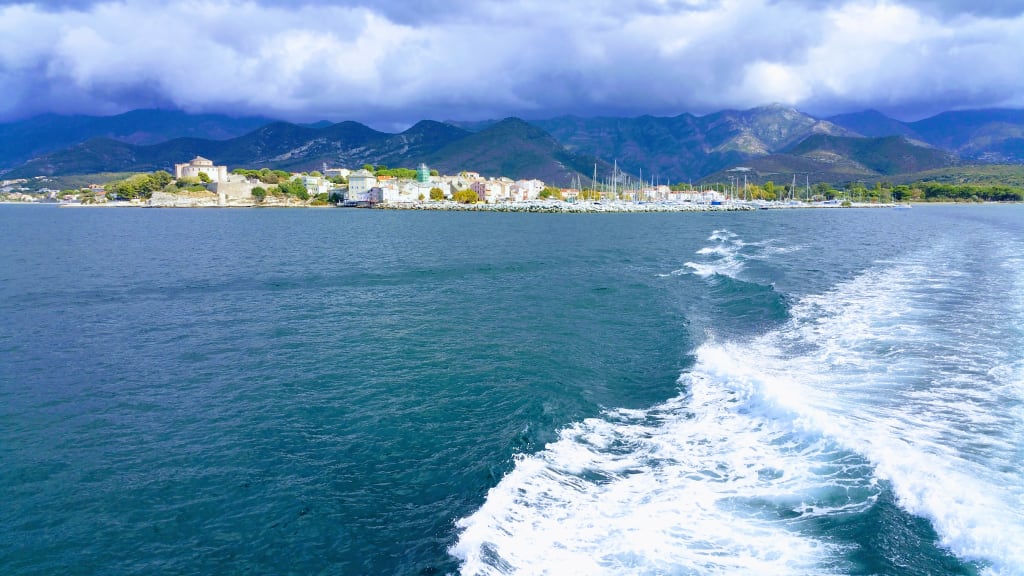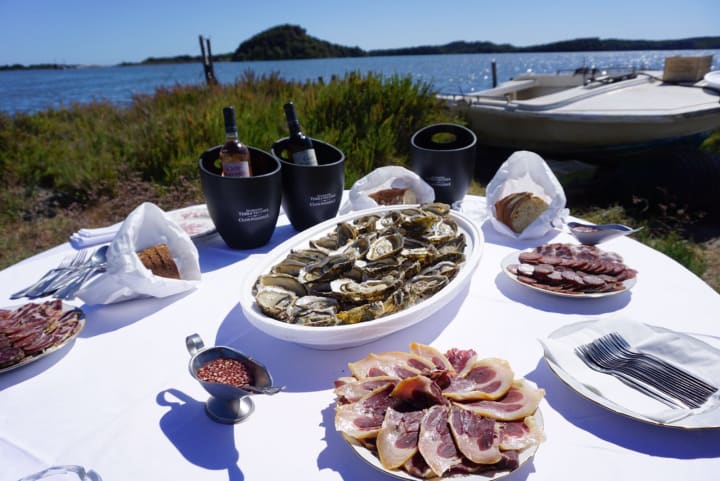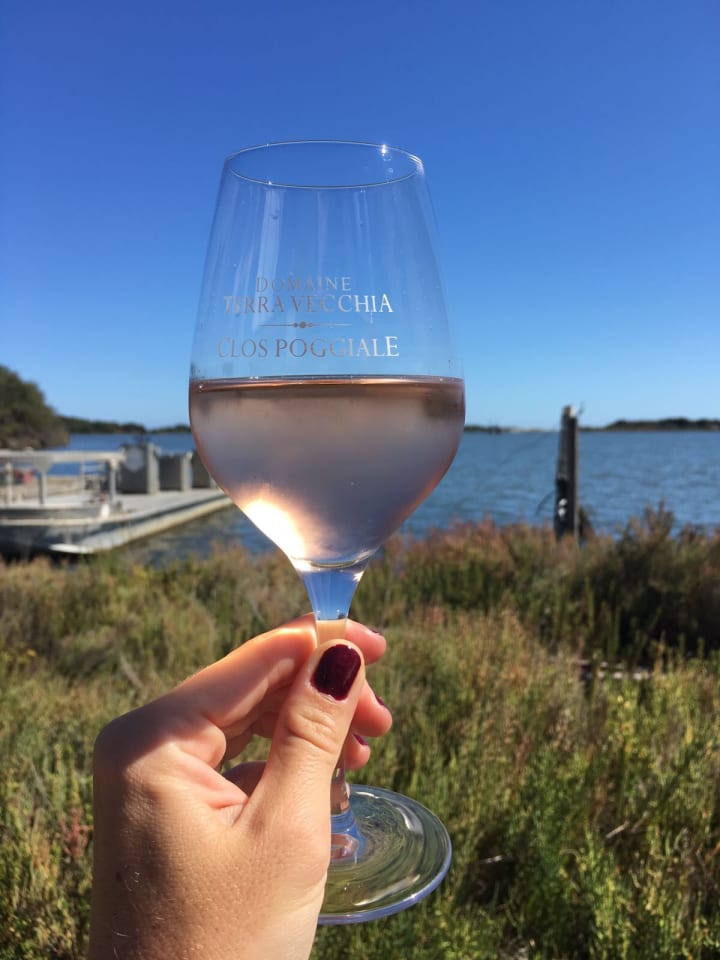The Unexplored Culture of Corsica
This French Island owes its food culture to numerous countries.

This island off the coast of Italy, and north of Sardinia, is the forth biggest in the Mediterranean. It is often best known for being Napoléon’s birthplace and not far from Elba where he was exiled. The island has been ruled by everyone from the Genovese Republic to the Italians and is now—somewhat begrudgingly—part of France.
The unexplored culture of Corsica is a fascinating mix of all of the island’s former and current residents. Written Corsican looks a lot like Italian and spoken Corsican is fairly surprisingly easy to understand for Italian speakers: being bilingual myself a recent visit was an extra-special treat. However it more resembles the type of Italian that might have been spoken a century ago.
Sadly many Corsicans were discouraged from speaking their traditional island language at school. Now many younger residents are sent to study it as a second language. All the signs all over the island are both in French and Corsican, and French is the defacto language.
A few fresh oysters are a great way to start off lunch.

The wild boar prosciutto is front and center.
Being an island, much of the unexplored culture of Corsica has evolved slowly so many of the cultural and culinary traditions of yesteryear remain. The island also has a total population of only about 340,000 residents so the urban centers—such as Bastia and Ajaccio—are dotted along the coast. Much of the terrain has remained traditional and rural and the waters around the island are crystal clear.
Traditional Food and Drink
Local food draws from both the sea and the land. Fresh fish and langoustines are abundant. The island is also known for its enormous and delicious oysters. They are cultivated in lakes near the coast such as Lake Diana, about an hour outside of Bastia. Octopus is also abundant and served grilled and with copious fresh salads.
Veal, lamb and wild boar are king on this island, which has a strong tradition of hunting. Huge hunks of boar are simply grilled and roasted with local herbs such as Basil, mint, rosemary, thyme, oregano and cayenne grown in the local brush of the forests. The charcuterie on the island is also astoundingly delicious. Most of the meats are made from pork, but big thick and savory hunks of wild boar prosciutto are on display at almost every restaurant and store.
The cheeses are divine and are used in many dishes such as the stuffing in mussels as well served on their own after meals. The bulk of them are either goat or sheep’s milk cheeses. Brocciu—the island’s traditional benchmark cheese—is produced from a combination of milk and whey and is sadly almost impossible to find off the island.
Rosé is perfect on a summer day.

A little Nielluccio is good for everyone.
Grapes grow happily all over the island. While some acreage is planted to international varieties, such as Syrah and Vermentino, the real stars of the show are the local grapes. Nielluccio and Sciacarello—both as hard to pronounce as they look—make wonderful, and consistent, rosés. These wines range in color from pale pink to an almost intense magenta. They tend to be very well priced, incredibly food friendly and, honestly, put many French Provincial wines to shame.
Another exciting grape discovery is Bianco Gentile, a local and traditional white grape that goes into some lovely, balanced wines that are as enjoyable on their own as they are with seafood. If you are still thirsty at the end of the meal, the island is also home to numerous digestives—made of ingredients like mandarin orange and black currants—as well as a local whiskey that is none too shabby called P&M.
Sadly most of these products are hard to find on this side of the pond. One of the better producers with some distribution stateside is Clos Poggiale and Terra Vecchia. Their rosés made from Nielluccio have made occasional appearances in the New York Metro Area. Grab them while you can or hop on a plane to enjoy them in situ with the local food.
About the Creator
Liza Zimmerman
Liza has been writing and consulting about wine and food in a savvy, unpretentious way for 20+ yrs. She has visited the major wine and spirits regions and holds the Diploma of Wine & Spirits, the 3-year precursor to Master of Wine.






Comments
There are no comments for this story
Be the first to respond and start the conversation.